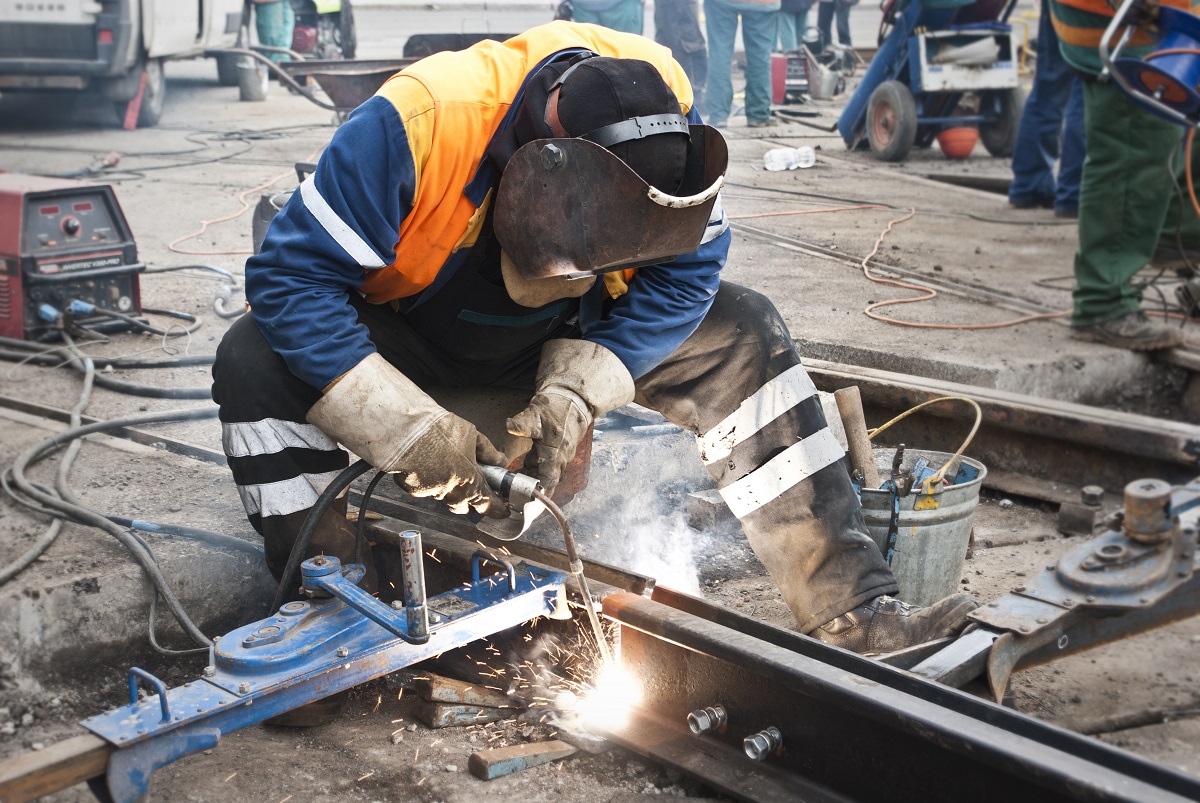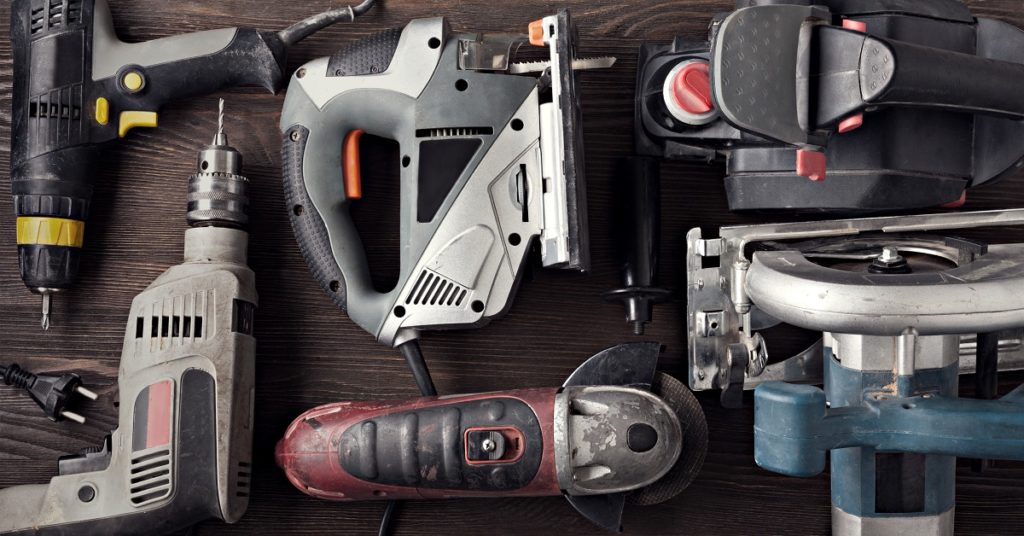Hand and power tools are part of a home-maker’s toolkit. You need them to repair damaged things around your house and do home improvement projects. Every penny you spend on these tools are an investment, so you must treat these objects as such.
Get the most out of your tools and ensure they live out their expected shelf life by following these four best practices:
1. Clean your tools regularly.
Hand and power tools are prone to collecting grease and dirt — a combination that could accelerate their wear and tear rate. Most electrical and handyman tools may be made from hard, high-tensile steel alloys, but they are still susceptible to rust. When dirt clings on metal, it traps moisture which can, in turn, promote oxidation and produce rust.
Edges that need to be sharp can also turn blunt quickly when the tools are dirty when you use them. Dirt particles, especially the tiny bits that harden like cement, can abrade the tools and reduce their precision.
The best way to clean your hand and power tools is to brush off loose dirt first with a dry cloth. Use the appropriate cleaning agents to remove the grease. Alternatively, you can use DIY cleaning formulas like hot water and vinegar. As for power tools, use an air compressor carefully and blow a gust of air through the tubes, vents, and crevices to remove the embedded dirt.
Lastly, clean all your tools after every use. If you had to use water or liquid cleaner, make sure they’re completely dry before you put them away.
2. Store your tools properly.
Proper storage is just as important as regular cleaning. In fact, one of the best practices for caring for hand and power tools is ensuring they are spotless before putting them away. The reasons are the same as above: to prevent rusting and to keep your tools in great shape for as long as possible.
The best place for storing power and hand tools is anywhere that’s dry and away from dust, wire-gnawing critters, and other elements that could potentially harm the tools’ metal and wiring components. Even better, store the smaller tools in a heavy-duty toolbox with an organiser or compartments. This way, you can easily reach for your tools when you’re working and save on storage space to boot.

3. Lubricate tools that need it.
Tools like portable punch and die sets, pneumatic nail guns, adjustable wrenches, plunge routers, and circular saws need lubrication because they have moving parts that rub against metal surfaces. Without lubricating oil, the tools can wear down quickly, starting from the point of contact.
To be clear, lubrication is different from the grease that you need to wash off. Dirty grease is bad for your tools, while lubricants or basic machine oil are formulated specifically to stay on. Moreover, lubricants must be applied sparingly. Too much would turn it into the dirt-trapping grease you don’t want anywhere near your toolbox.
4. Check for damage.
One best practice you should never ever forget is checking for damage on your tools, especially the ones that run on electricity, pressurised gas, and diesel. Keep an eye out for loose cable joints, exposed wires (i.e., the rubber coating is ripped or has lots of tiny holes), and blunt points or edges. Wiring flaws are fire and safety hazards, so you need to be mindful of them when using your power tools.
These four steps can go a long way to ensuring that every item in your toolbox is in great condition. Make the most of your tools (and your investment) by caring for them regardless of the price. Use this article as your guide.



















